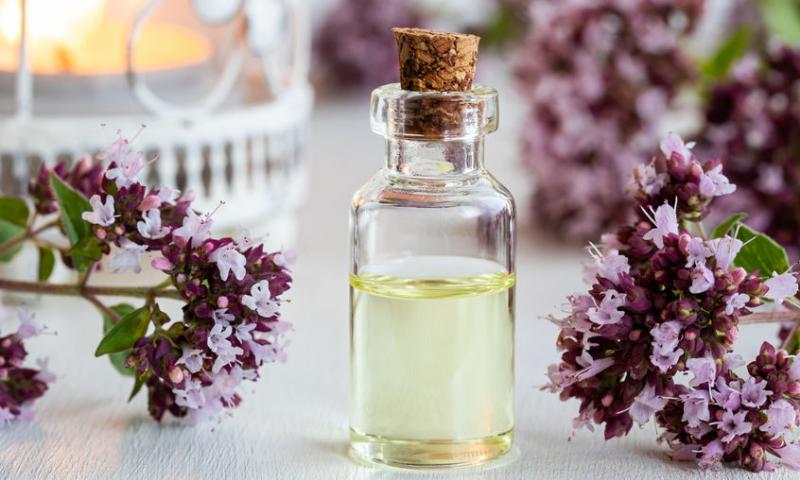 />
/>
COMMON NAME: Oregano
LATIN NAME: Origanum Vulgare
OTHER NAMES: Anrar, Aitz Belarr, Ao Le Gang
CHINESE NAME: Tu Yin Chen
HABITAT: Asia, Europe
BOTANICAL INFORMATION: Origanum vulgare belongs to the family of Lamaceae(lat.). The genus Origanum includes over 20 species of perennial grasses. Origanum is a perennial herb 30–90 cm tall. The leaves are ovate, oblong and pointed at the end. They are from 1 to 4 cm long. They are arranged in pairs opposite each other. The upper leaves of oregano are dark green, and the bottom are grayish-green.
Stems are tetrahedral, softly woolly or almost bare. The flowers are small (3-5 mm long) of pinkish-purple color. They are gathered in corymbs. The fruit of oregano consists of four nuts.
The plant blooms in July-August, the fruits ripen in August-September.
CHEMICAL COMPOSITION: Oregano is rich in Vitamin C (especially leaves of the herb), as well as a whole set of micro-and macronutrients( the first place goes to potassium and calcium). In addition, the plant contains up to 1.2% of essential oil. Essential oil of oregano also has healing properties and is sold under the name "hoppy". The plant also contains fatty oil (up to 28%), flavonoids ( apigenin, luteolin, 7-glucoronide, luteolin-7-glucoside, isoroyfolin, cosoiin) and tannins ( up to 19%).
HISTORY:
The Greeks and Romans considered Oregano to be the symbol of happiness and joy and used it for aromatherapy. Since the Middle Ages, Oregano has occupied an important place among Mediterranean herbs, used in cooking.
The name of this fragrant plant with small green leaves is translated as "decoration of the mountains" or "mountain joy". Oregano is often confused with marjoram. Although these herbs are both with a tart spicy smell and are similar in appearance, they have different taste and properties.
*This article is for informational purposes only. We suggest consulting a physician before using these or any other herbal supplements.
